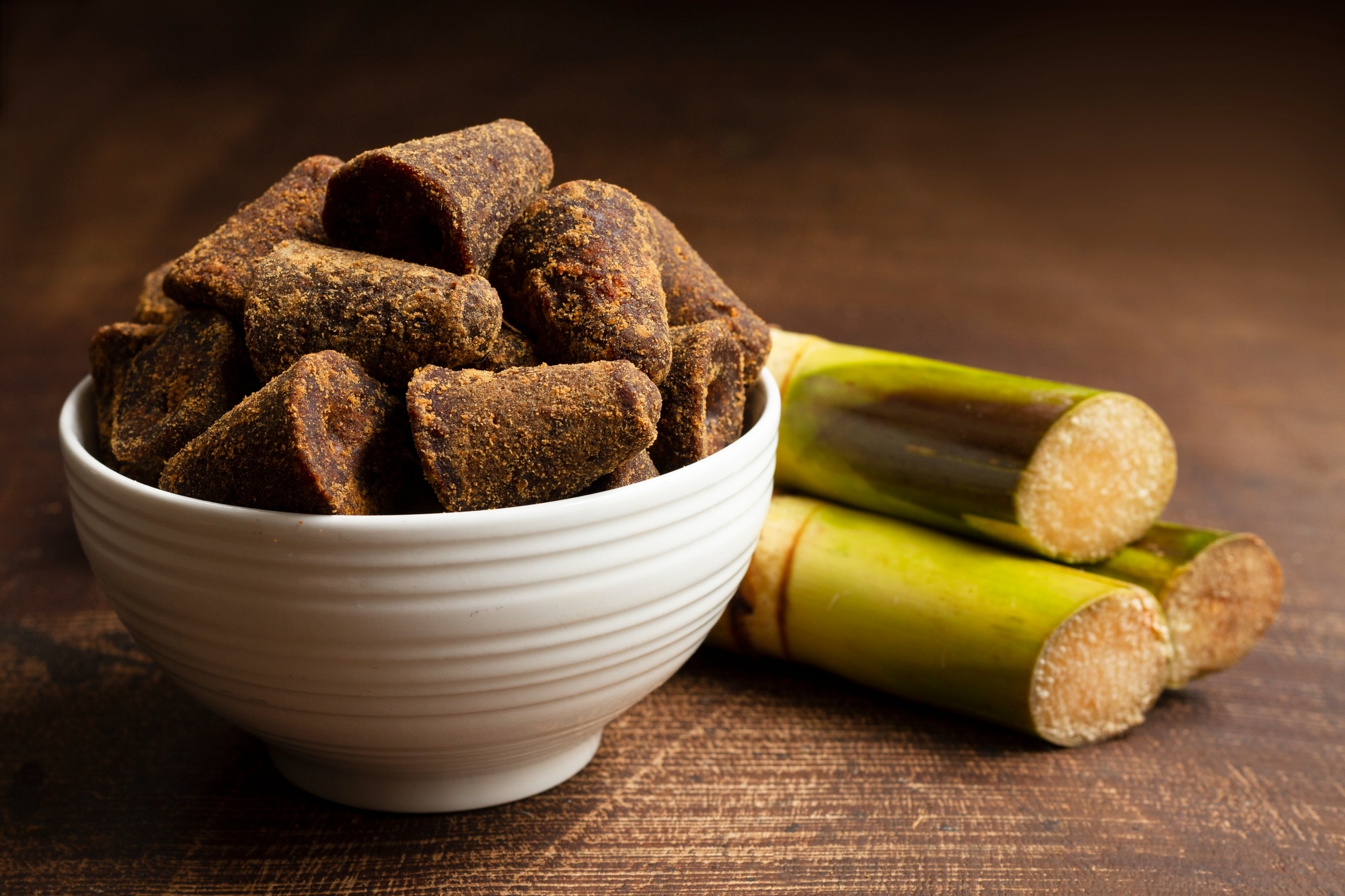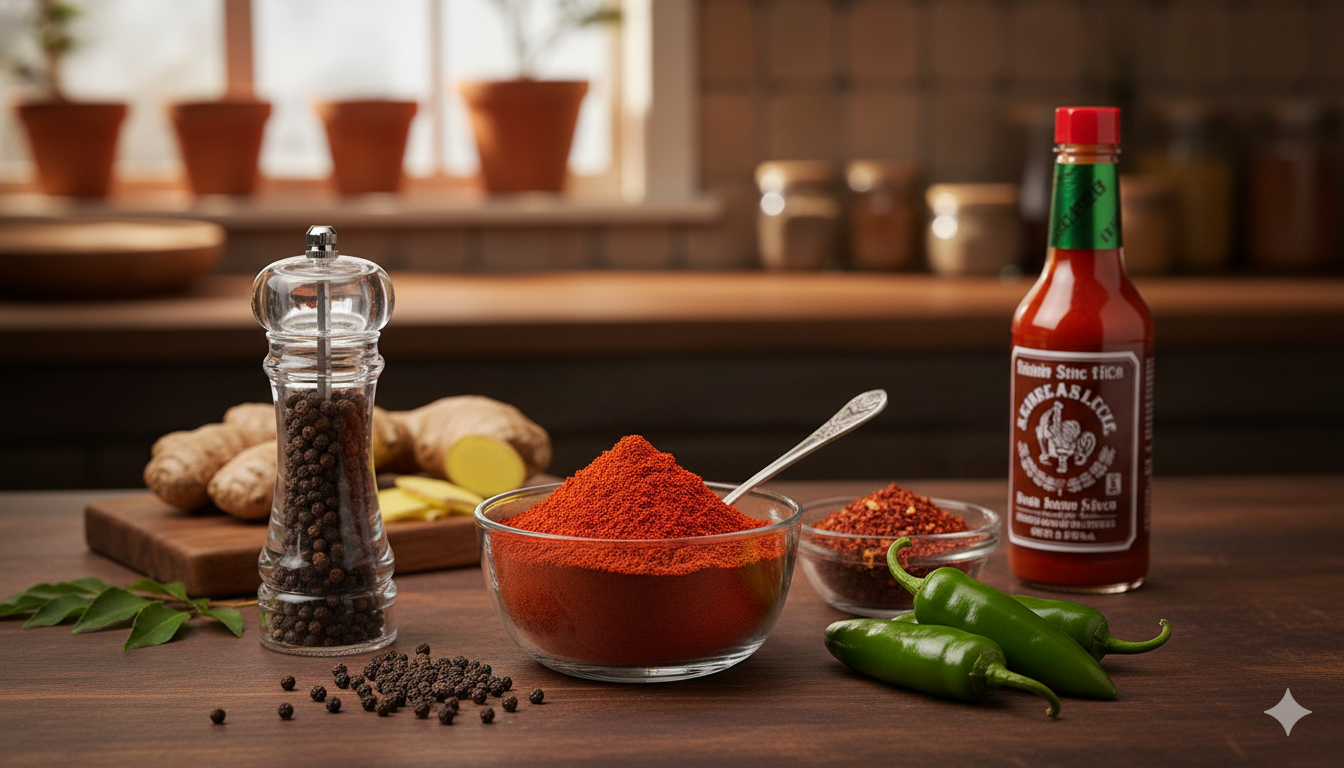This month, How To Eat is in a country pub trying to enjoy a ploughman's lunch. But an argument is raging about what that means. Ham? One cheese or three? Is pate OK? Are pickled onions edible? Is this a sharing dish or best enjoyed solo?
This month, not for the first time, How To Eat is in the pub. The blog considering the best way to eat Britain's most beloved dishes has a pint settling on the bar. It is time to pick over the ploughman's lunch.
Pedants will take great pleasure in pointing out that this "classic" was only actually given a name and a PR push in the 1960s, by the Milk Marketing Board, but people, including some ploughmen, had been eating bread and cheese with beer for aeons. Therefore, no matter how it has been glossed, this stands as a much-loved British meal, and one which people feel passionately about. As Tommy Cooper once put it: "I had a ploughman's lunch the other day ... he was livid."
Serving
A plated ploughman's works in a routinely functional way, but a wooden board is preferable. What could be better, in fact, than a large, heavily laden chopping board shared between two, which you eat armed only with a butter knife and a small kitchen knife, each?* You may want to use side-plates for buttering bread on, but, really, that is all you need. Accept you are going to make a mess and get stuck in. Will you need to use your fingers as a fork? You will. What of it?
To minimise clutter and the amount of "work" that you will need to do on that invariably cramped board, all items should be ready sliced, readily accessible and placed directly onto the board. That means softened butter; no warm loaves served in twee little bread tins; sliced eggs; chutneys dolloped in neat, pooling piles, rather than in dainty pots with unnecessary spoons.
NB. How To Eat disregards slate as serving apparatus. It gathers chutney in its flaws and indentations, and who wants to hear knives scraping and clattering against slate? The silent give of a sharp blade against a wooden board is far more satisfying.
*Yes, you are going to use the same knife for the butter, chutneys and, possibly, several cheeses. Take a deep breath, feel the fear, do it anyway. If you need to, clean the knife on the bread or just wipe your finger down the blade and suck off the debris. This is a ploughman's. You are not taking tea at the Dorchester.
Sandwiches
It is sometimes tempting to construct a sandwich. Resist that urge. Is that sandwich bread on that board? Cut to sandwich thickness? No. What you are going to end up with is a doorstep (and who ever, really, wants a doorstep sandwich?), of bread, ham, pickle and cheddar (second only to silica gel in its ability to absorb moisture), that is so dry that you will need, not a pint, but rehydrating by medical professionals in order to finish it.
Sharing
When there is more than enough to go around, sharing is a pleasure. When you cannot evenly divide the cheddar because the piece is microscopic, it is a fraught experience. Therefore, if you are going to share a ploughman's between two, order a platter for four. You need enough food, that, as you struggle to finish it, you are left clutching at the table, barely suppressing the need to puke. Otherwise, sharing will end in acrimony.
Key components
Bread, cheese, ham and some sort of pickled dimension. Traditionalists may question the necessity of ham, but without it this is just bread 'n' cheese, not a ploughman's.
The bread needs to function as a platform for teetering piles of ham and cheese. Think: the big, blundering country cousin of canape toasts. Therefore, mid-sections of baguette are ideal. Whatever you go for, though (good rustic white; nutty multigrain), it must be thick-cut and/or toasted to give it backbone. No huge, affected ornamental "farmhouse" wedges, please; no rolls; no crackers; no (for the love of god) pitta pockets; and - pub chefs - no last-minute microwaving of baguettes so they come out all pappy and steaming. Try and apply hard butter (a separate, unforgivable misdemeanour) to such damp baguette flesh, and it simultaneously melts away and clots, unnaturally.
In terms of cheese, the optimum is two or three hard or semi-hard British cheeses, of contrasting flavours and textures, served at room temperature. For example, a rich, lavishly savoury cheddar and a dry, sharp crumbly lancashire. Obviously, if there is a blue on there, it needs isolating like an infectious disease until you have eaten its companions and you are ready to pull on the Hazmat suit, and take it on. This is no place here for soft cheeses on the brie-goat axis. They are both difficult to cut and distribute with the tools at hand and, when smeared on bread, produce a very claggy mouthful.
Similarly, there is no place (in life), for the ersatz sophistication of herbed or cranberry-studded cheeses or those weird compressed, supermarket trios of gloucester, cheddar and lancs. You like highly-processed cheese? So do I (Dairylea and Babybel, mainly), but not when it pretends to be something that it isn't, and certainly not on a ploughman's.
The ham should be baked, thick-cut, "proper" pig. You don't want any limp, wet boiled ham on there; no thin, pallid, suspiciously uniform slices. Nor is this any place for charcuterie. A ploughman's is about relatively big, strident, readily understandable flavours which, even if the component ingredients are pretty one-dimensional (sadly, they often are), combine to produce something vibrant. A ploughman's assembled from quality produce of character is a pleasure, but spending big on gourmet ingredients isn't a necessity. In this context, it might even be a waste.
People drive-down the pH on a ploughman's to ludicrously acidic levels. You need some sharpness, but pickled gherkins or sweet silverskin onions provide sufficient pep. Authentic pickled onions, those fat little bruisers that ride roughshod over everything and leave your nerves jangling, are, presumably, a throwback to a time when no one could actually taste anything because they were all smoking 60 Capstans a day. I want modest sharpness on my plate, not armageddon.
In the same realm, hold the piccalilli. Theoretically, I get it, but the execution invariably produces a sweet, harshly spicy gloop. Go with dark beer/onion chutneys or a tomato one, which is a workable compromise between having tomatoes (questionable on a ploughman's) and none.
Secondary components
Adding a hot sausage roll or scotch egg sounds appetising, but, after that, cold food always tastes disappointing, somehow. Of the cold supporting cast, however, I can always find space for a slice of hand-raised pork pie or rugged terrine (no smooth pates, though). A boiled egg adds creamy contrast, while, in addition to the main white/ brown carbs, a sliver of dark fruit "bread" is almost a built-in dessert, when partnered with a cheese with which it can produce that magical, mouth-filling "third taste" (eg, the explosive, umami overlap of plum bread/lincolnshire poacher).
Garnishes & condiments
If there is ham there should always be coleslaw and a dab of mustard. If not all three, then one of peppery radishes, salted celery or apple is essential to provide palate-cleansing freshness. Similarly, rather than a limp, incongruous "mixed salad" (weasel words on any menu), I would rather a ploughman's comes with a nice heap of mustardy watercress. That serves a purpose.
There should always be a generous slice of salted butter served at a spreadable temperature. Little foil-wrapped, catering pats are not acceptable. What is this, a garden-centre cafe?
Drink
Beer or if you really, really, really must, cider.
So: ploughman's lunch, how do you eat yours?
• Follow Tony Naylor on Twitter: @naylor_tony
Photo: A ploughman's lunch ... or is it? Photograph: Alamy











